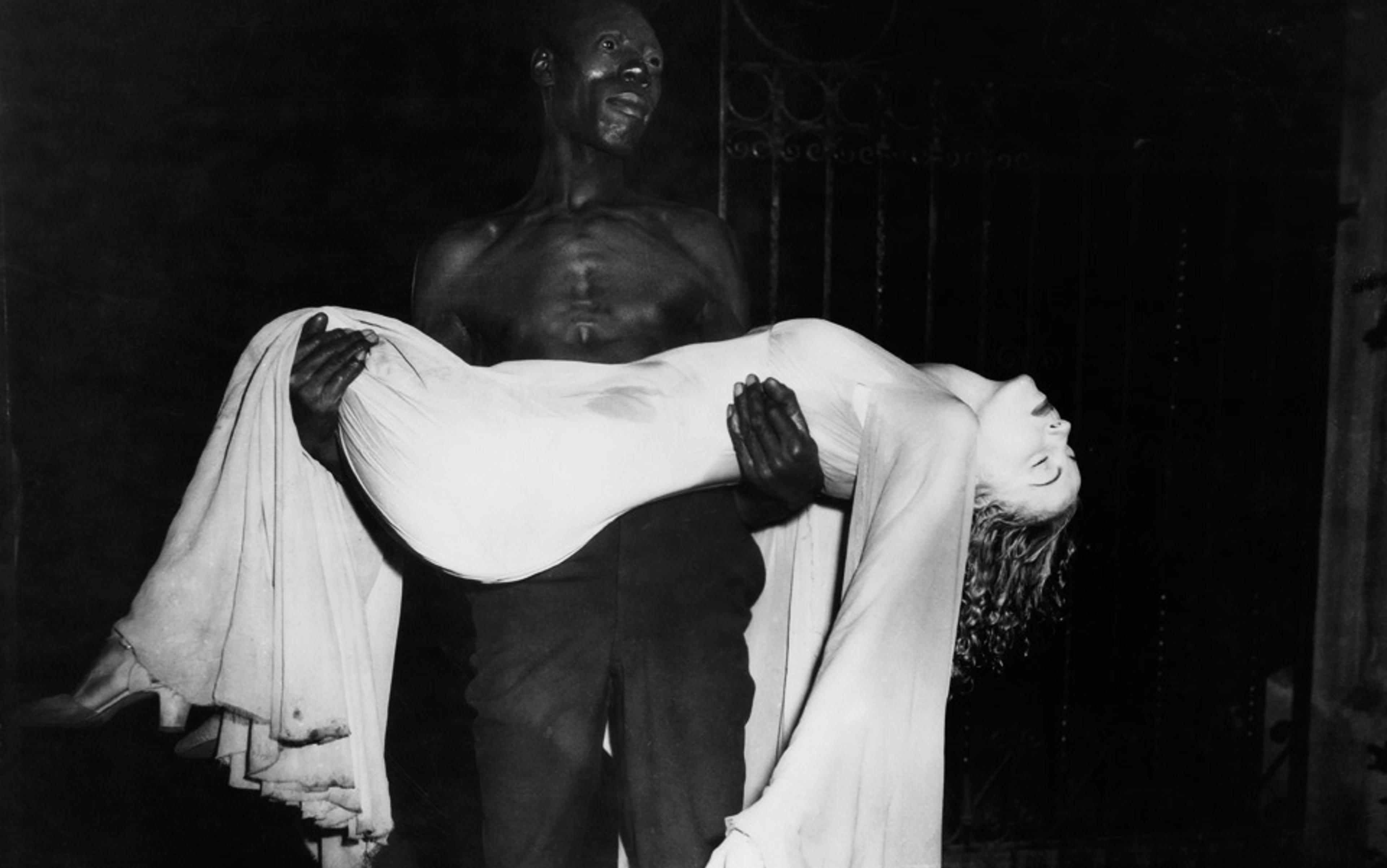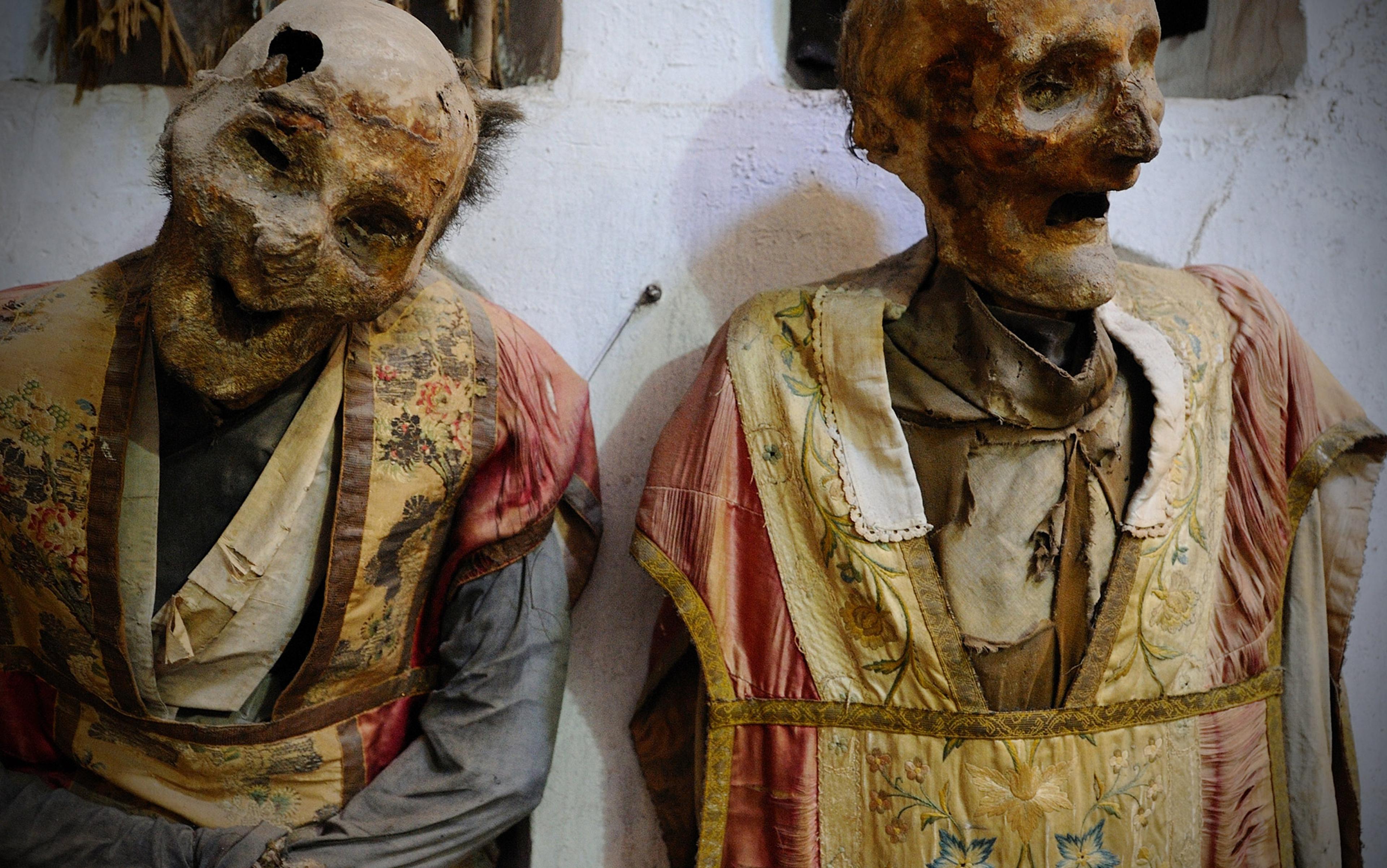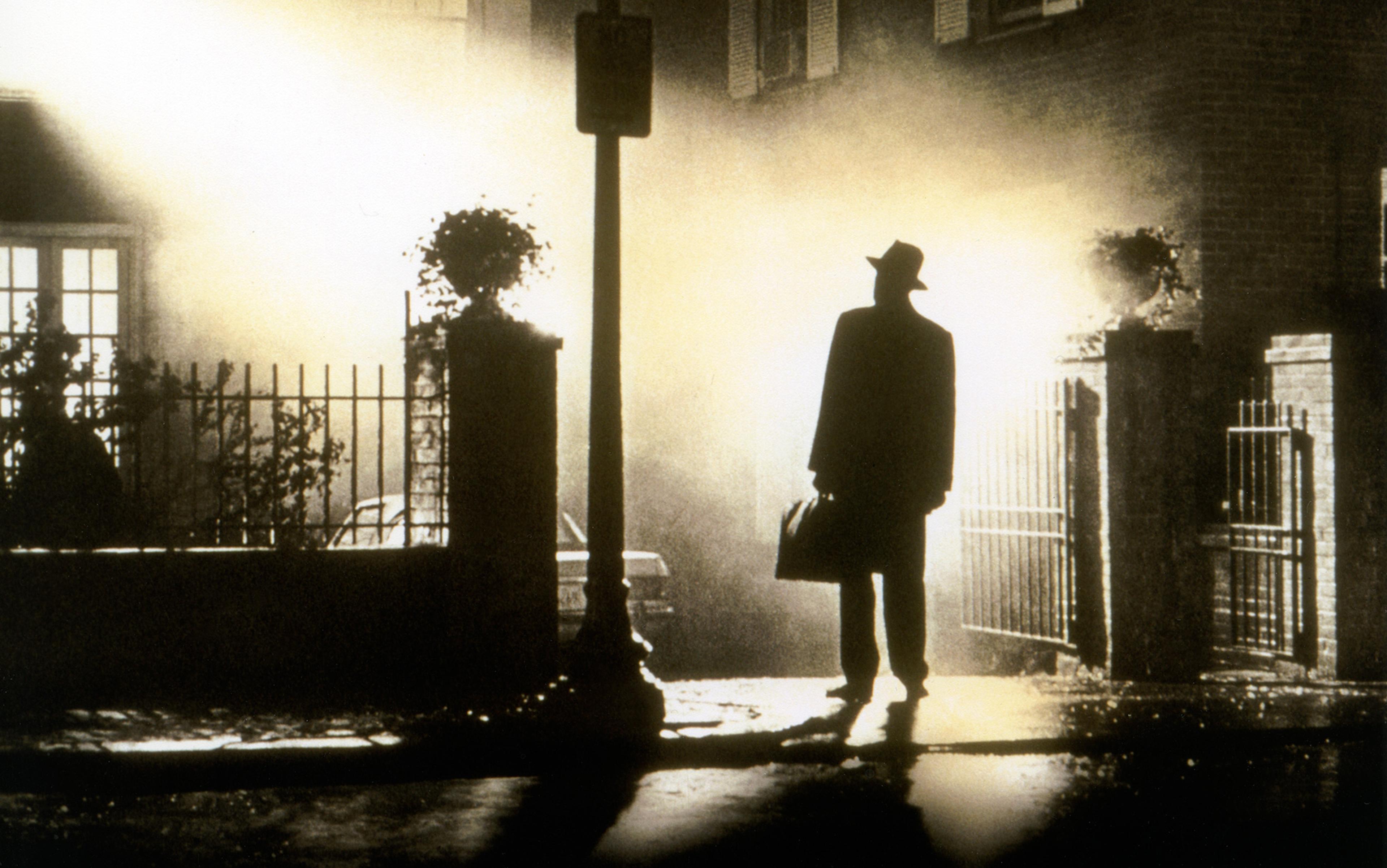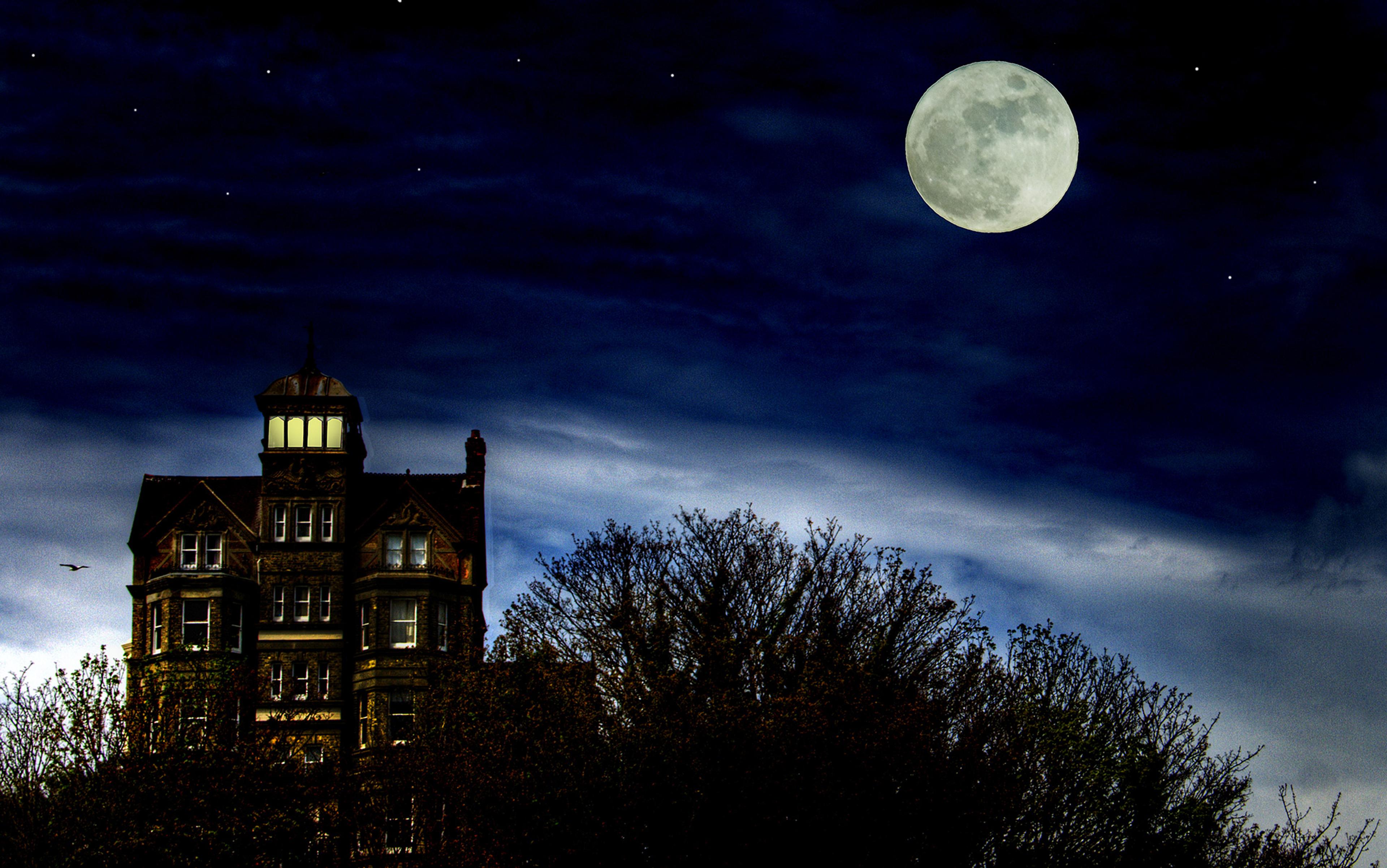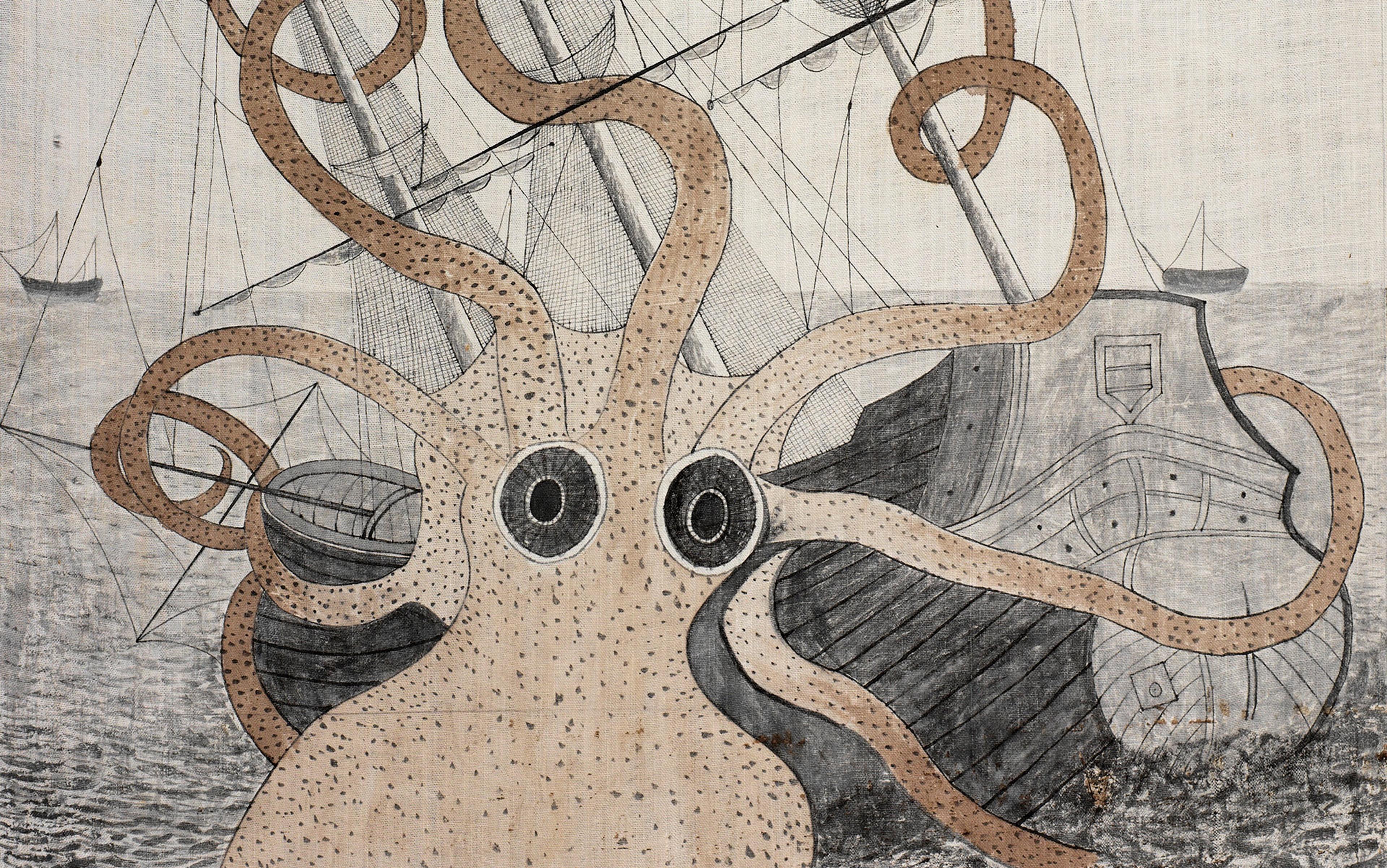A boy called R becomes zombified during the zombie apocalypse and for eight years he is alone, shambling around an abandoned airport, groaning at fellow zombies and searching for human flesh. Then he meets his dream girl. There’s just one problem: she is human. For R, it is love at first sight – perhaps because, just before he met Julie, he ate her boyfriend’s brain, which infuses him with memories of lust and love. When zombies attack Julie and her friends, R rescues her, slowly winning her trust and affection. No one wants R and Julie to be together – not the zombies, not Julie’s friends, and certainly not Julie’s father, the colonel leading the human resistance. Their romance seems doomed. But then something strange begins to happen inside R – his feelings for Julie start making him more human. Jonathan Levine’s film Warm Bodies (2013) asks: can love bring a zombie back to life?
This human-zombie love story showcases the latest stage of zombie evolution: humanised zombies, sweet zombies, romantic zombies. On-screen zombies have always reflected their era, creating a cultural arc and a ‘mirror image of what’s happening in society at that moment’, according to Sara Sutler-Cohen, a sociologist at San Francisco State University who studies the motif. In their earliest film incarnations, zombies were unspeaking, single-minded creatures craving human flesh; a mob of staggering corpses, unnatural and unstoppable. Perhaps it is a desire to understand our culture’s monsters – or just those who are different – that has brought us to the threshold of a new zombie revolution, with zombies that have personalities, feelings and loved ones. Zombies who want to grow and be good. They’ve become so much like us that they could almost be us – until they get violent or need to eat.
The original concept of the zombie was drawn from 19th century stories about West Africa and 20th century accounts of Vodou culture in Haiti, where terrifying, drug-fuelled rites could make it seem like the living were dead, only to come back to life. In line with those tales, the earliest filmmakers showed us drugged, obedient automatons, without conscious thought or free will. In White Zombie (1932), the first feature-length zombie movie, the drugged zombie slaves do the bidding of the voodoo master ‘Murder’ Legendre (Bela Lugosi) – reflecting, perhaps, the powerlessness most Americans felt during the Great Depression, which laid people low for years.
It would take more than 30 years for the genre’s master, George A Romero, to serve up a zombie for modern times. In his seminal film Night of the Living Dead (1968), the classic screen zombie is a walking corpse that, like the 1960s itself, breaks every taboo and is hungry for human flesh. This film also exposes underlying racial tensions in the midst of the US civil rights movement. The main character, Ben, an African American, survives a growing mob of pale, pasty zombies only to get killed by the white police force that should have protected him. That the cops fail to distinguish between Ben and a zombie illustrates the injustice of white authority, the dehumanising treatment of African Americans, and the fact that the zombie would always represent ‘the Other’ – the stranger, the outcast, the dark force in modern film.
In Dawn of the Dead (1978), Romero’s zombies take over the mall, where they spent much of their human lives. That film warns about the dangers of consumerism, says Elizabeth McAlister, a scholar of American culture at Wesleyan University, who has studied zombies in the media for years. Zombies serve as ‘placeholders for the excesses of capitalism and the way we over-consume’, she explains.
Romero gave zombies their first hint of humanity in Day of the Dead (1985), when zombie Bub listened to music, aimed a pistol and sought revenge for the death of his beloved friend. But for most of the next decade, zombies were ravenous, mindless monsters, made scarier than ever through the act of eating brains. In fact, the first brain-eating zombie appeared that same year in Return of the Living Dead, directed by Dan O’Bannon. The trend intensified with Army of Darkness (1992), where Ash Williams, the iconic chainsaw-wielding hero of the Evil Dead franchise, travels back in time to 1300 AD and battles an army of brain-devouring zombies (called Deadites) led by his dark half, Evil Ash. (The film led Marvel Comics to create a special crossover comic series where Ash tries to warn superheroes of an impending Deadite invasion before they all get turned into brain-eating zombies themselves.)
Aaron Sagers, founder of the website Paranormal Pop Culture, thinks that the act of eating the brain symbolises the ultimate loss of self. So much of what we are – our memories, experiences, likes, dislikes and feelings – is housed in that bundle of nerves and grey matter. ‘If the whole idea of the zombie is to be part of a mindless swarm of creatures that lack individual personalities, well, how do you create another creature that lacks personality? You destroy their brain, their personality centre.’ Therein is the crux of why zombies are so horrifying: they consume and destroy the essence of who we are.
Over time, and especially after the terrorist attacks of September 11, 2001, zombies assumed an even more terrifying form. With the Western world in panic over suitcase nukes, anthrax envelopes and that word jihad, our film monsters became less cartoonish. Faster, smarter, more strategic, they were perversely more like us, and more like real-world threats. In Danny Boyle’s 28 Days Later (2002), these speedy new zombies embodied our fear of infection from outside, a spectre that has haunted the US for decades from AIDS to swine flu to Ebola today.
The recently dead look the same, but they don’t remember dying
With Al-Qaeda still out there (and ISIS on the move), it feels like we’ll never find common ground for our demons and ourselves. But zombies do for us what we cannot not do ourselves – they invest the monster with personality, creating a path for reconciliation between the outsiders and us. One example is Edgar Wright’s horror-comedy Shaun of the Dead (2004), which follows two slacker buddies who hole up in a pub during a zombie invasion. By the end of the film, one is human and the other is a zombie, but they find they can still connect over their favorite pastime – lounging on the couch playing video games.
Romero’s Land of the Dead (2005) next gave us cunning, willful zombies who organised under their zombie leader, Big Daddy. And in Andrew Currie’s Fido (2006), the titular zombie hero starts out as a family pet, becoming a father-and-husband replacement later in the film. While Currie’s film is a comedy, it deals with social anxieties: the prejudiced human characters accept zombies only when they can treat them as sub-humans, reflecting what McAlister calls humanity’s ‘impulse to “other” another group’ – to ostracise outsiders, and relegate them to a lower social class. Fido’s love and the persecution he endures asks the audience to empathise with a zombie, to cross the line and embrace the outsider over ourselves.
Today, the new zombie thinks, feels and has the capacity for angst. In the French TV drama series Les revenants, or The Returned (2012), a mountain village is thrown into turmoil when a number of its deceased residents, starting with the teenage Camille, return to their homes years after their deaths. The recently dead look the same, but they don’t remember dying and soon exhibit odd, even violent, behaviours. They’re not who they used to be. In fact, they’re not even sure they are still human. Despite this difference, the returned are emotionally complex, fully fleshed-out people with their own sets of memories, goals and fears.
The self-aware zombie has proliferated in recent years: R, the zombie narrator in Warm Bodies (2013); Kieren, the teenage sufferer of Partially Deceased Syndrome in the TV miniseries In the Flesh (2013); and Liv, the crime-solving zombie in iZombie, a forthcoming US TV series. These are all relatable zombies who convey what it means to feel like you don’t quite fit in. Using a zombie as protagonist is a radical storytelling move. Not only are we embracing the softer, more human side of these monsters, we’re choosing the zombie first, rooting for it to succeed over the human beings who seem more like us at first glance. ‘Intimacy with zombies helps us bridge the gap between us and them,’ says Sutler-Cohen.
Neuroscience has weighed in. ‘If corpses can be reanimated as zombies, then they must have some brain function to move at all, even at the most shambling of paces,’ says Bradley Voytek, a neuroscientist at University of California, San Diego, who has written on the zombie brain. ‘Every time you learn something new, something changes in the brain, and your neurons change their structure – a phenomenon known as brain plasticity. The zombie brain has to have some neurological activity to translate a craving for human flesh into movements like staggering and biting. Thus, the zombie brain may have enough plasticity to adapt, explaining increasingly human traits over time.’
The humanised zombie is an antidote to the ever-present threat of terrorists, school shooters, exotic pathogens and predators of all sorts
Voytek explains that zombie aggression could result from a breakdown in the orbitofrontal cortex, which helps us with self-control. Zombies might forget feelings for loved ones because of damage to the amygdala, the centre of emotion in the brain. Yet plasticity should help these damaged zombie brains to heal. ‘If a zombie can exist in our fictional world, then it has the potential to become a zombie with personality,’ he says.
And that is where the zombie stands today – a tragic figure, trapped between a craving for human flesh and a desire to regain human form. Unlovable, sexless and alone, the zombie’s only means of reproduction is eating humans, especially their brains. Zombies conscious enough to witness their own disgusting acts evoke our greatest fears, but also real compassion. A zombie in such a predicament makes us more conscious as well.
At the heart of the zombie metaphor lies our need to understand our own personhood: can we extract good from all that darkness? Can we come back from the depths of despair and retake the world of light? We still have our share of monsters, like the skulking, mindless killers on the long-running US TV series, The Walking Dead. But more and more, viewers want to see zombies such as R from Warm Bodies and Camille from Les revenants who are just as confused, angry and unsure about their place in the world as we are. The humanised zombie is an antidote to the ever-present threat of terrorists, school shooters, exotic pathogens and predators of all sorts because it offers the potential for us to understand those who are different from us. Sure, zombies with personalities crave human flesh, but the most evolved of them struggle to control themselves, either in memoriam of the person they were or for the sake of the human beings they now love.
Today’s zombies might be rotting on the outside, but they want to be good. They want to connect with us and love us. Humanised zombies raise a lot of questions about the lines we draw between ourselves and those who are different from us, but they also suggest we can find a common ground. Zombies with personality offer a shared path forward. They show we are more open and more generous than in decades past – more willing to reach out. Zombies with heart give us hope.
